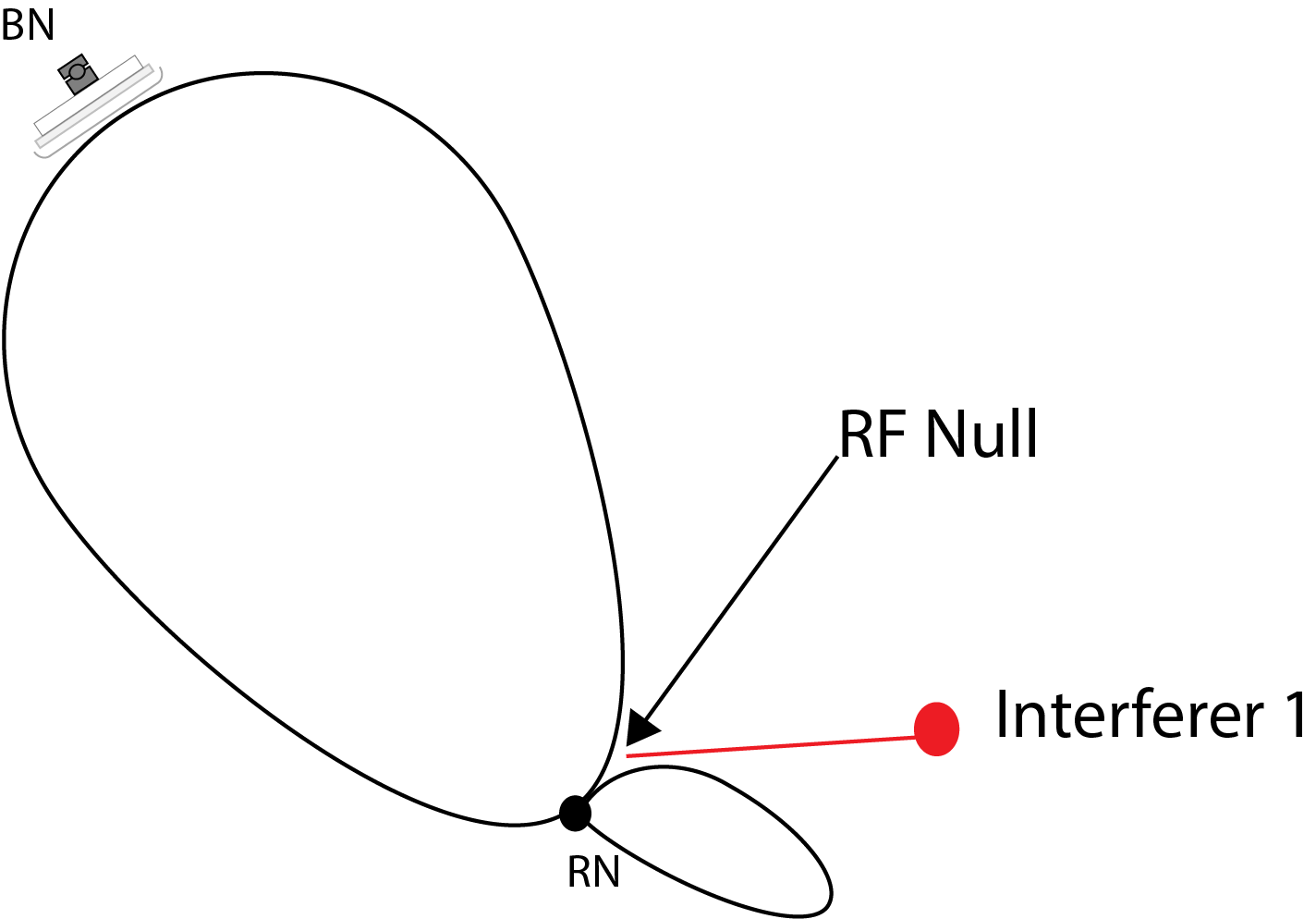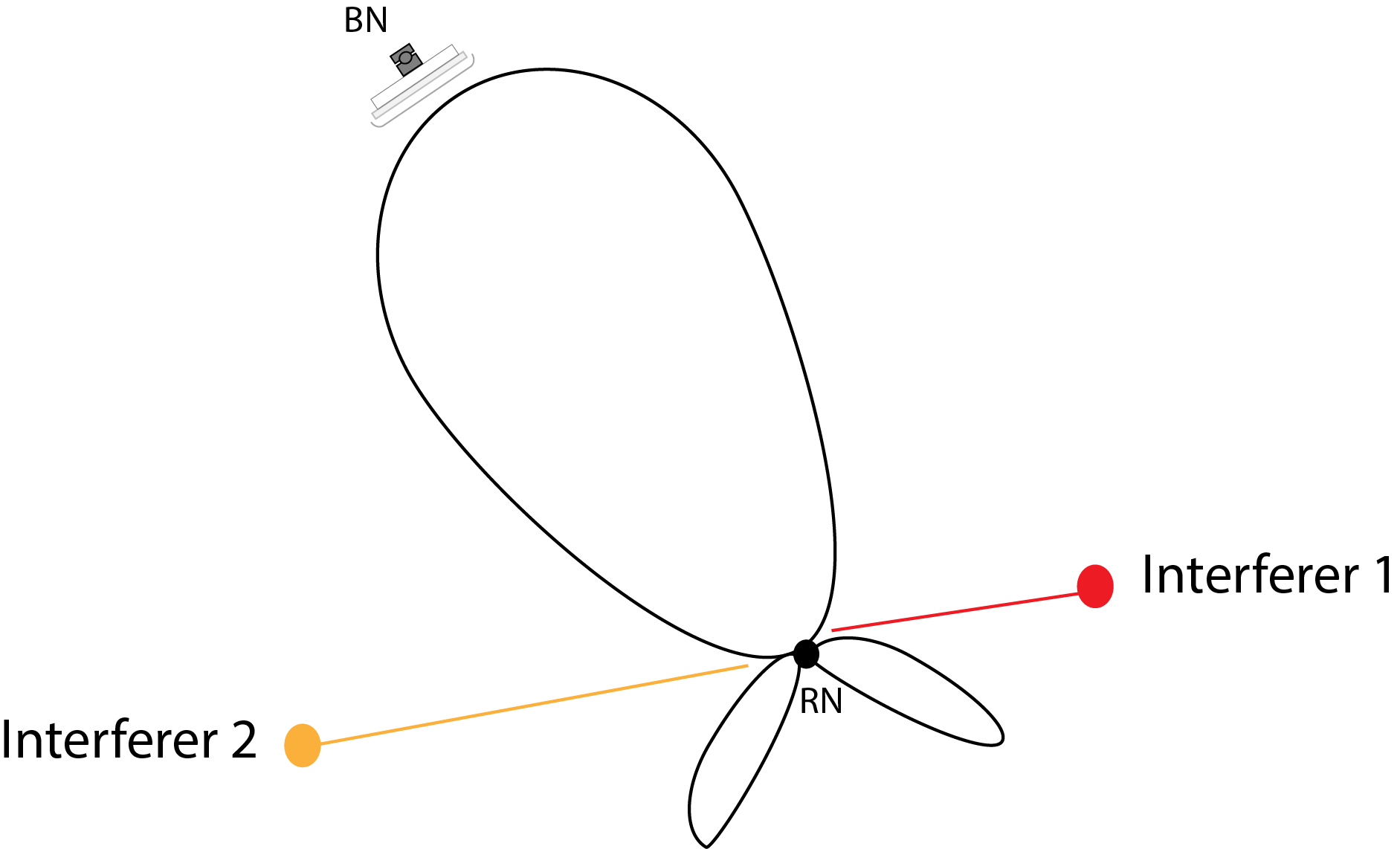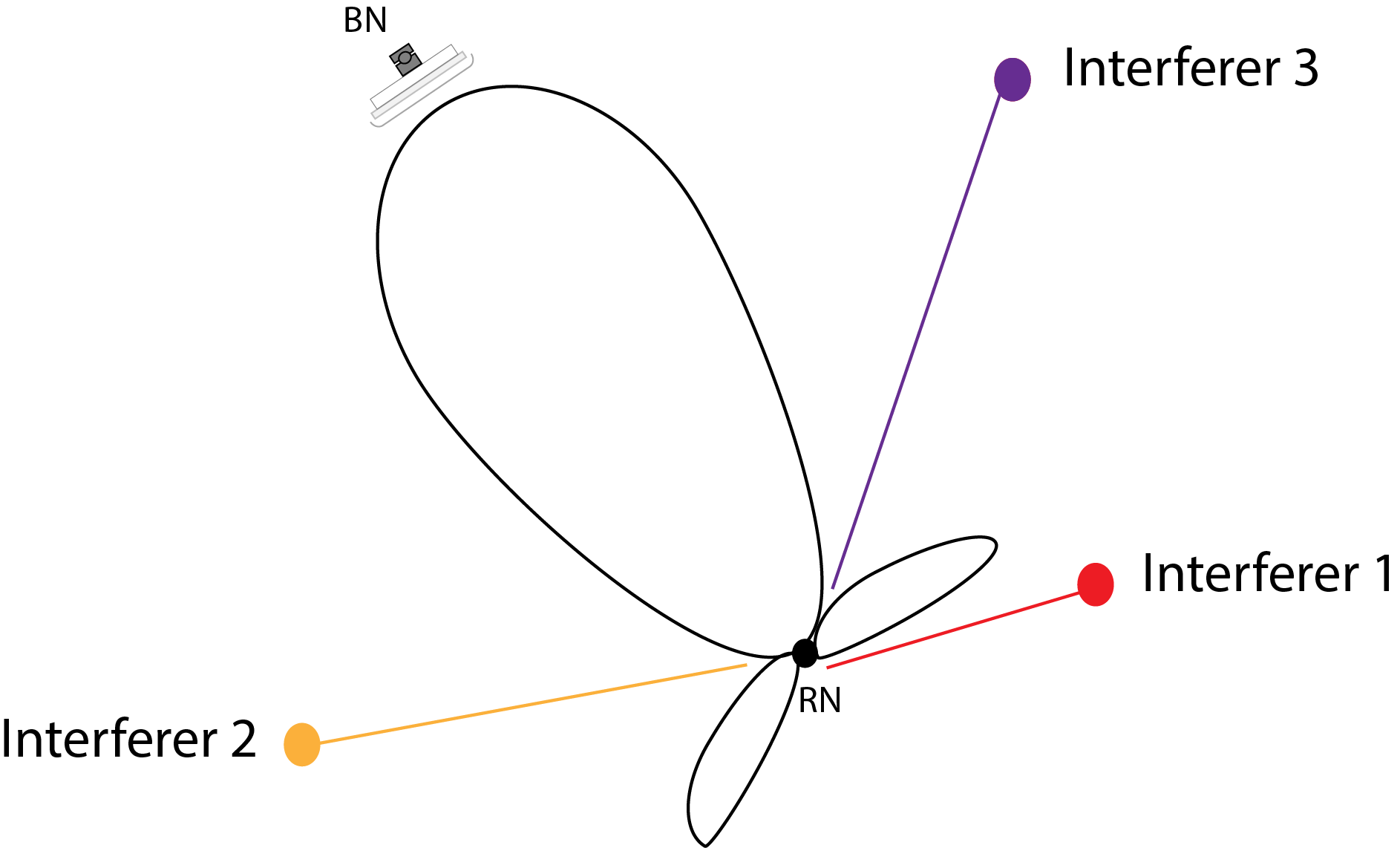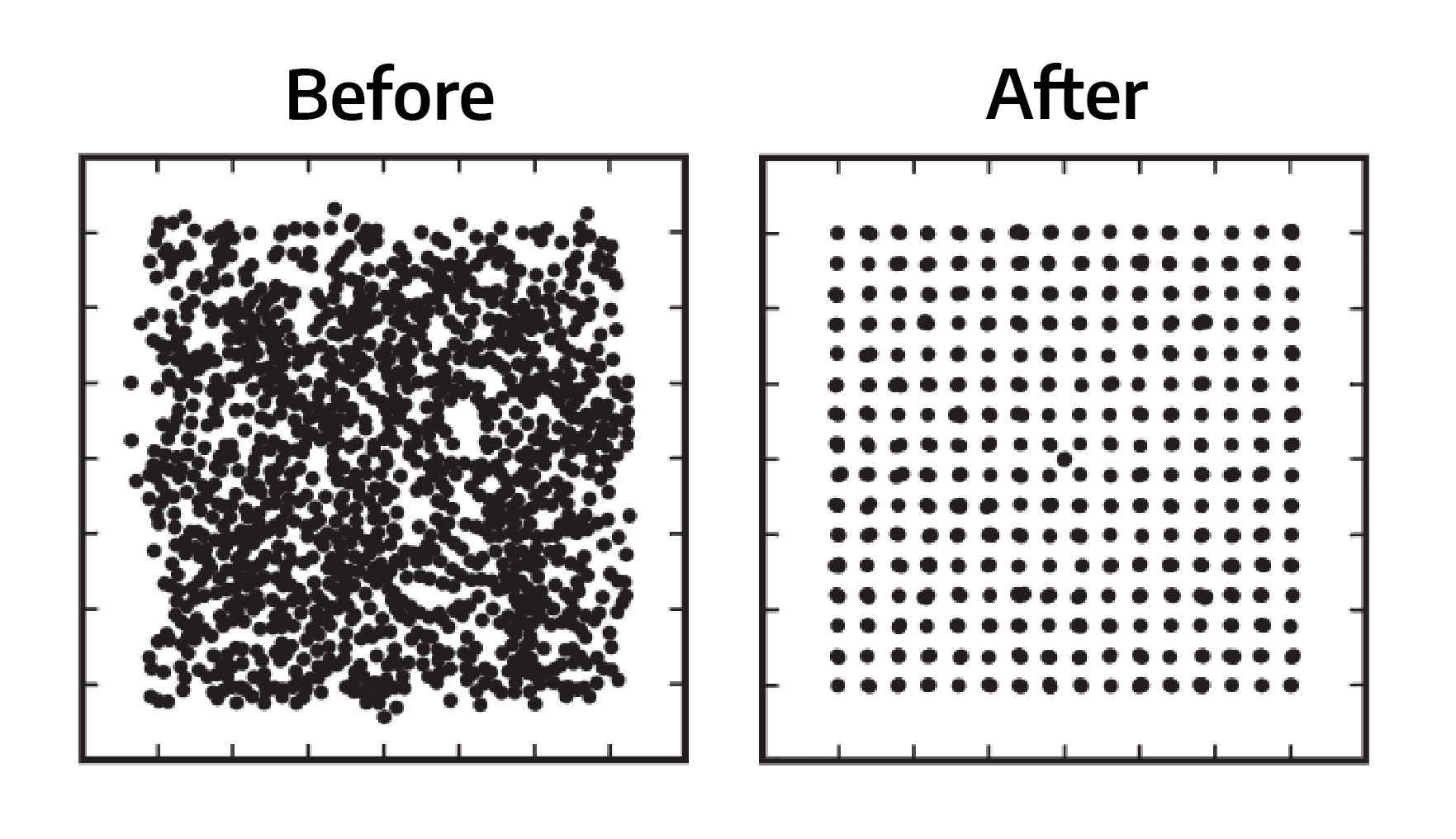Ever tried to say something while someone else is talking over you? Chances are good you had to repeat yourself due to that interruption. Worse, the person listening to you still might have been a bit confused. This happens all the time in the world of fixed wireless access (FWA). Your radio starts to transmit data and, partway through, a nearby Wi-Fi device starts transmitting on the same frequency. Having two devices talking over each other is a great way to garble the message and ruin everyone’s day. Each device has to retransmit (repeat) themselves and hope they don’t step all over each other again. This wastes valuable airtime that could have been used to transmit new data rather than repeat the same data twice (or more!).
Because Wi-Fi (and similar types of transmitters) can be found both high on towers and in residential networks, this kind of accidental interference is a big problem for fixed wireless. It’s especially tough in unlicensed spectrum where anyone can have as many transmitters as they want on any of the allowed frequencies.
Asynchronous Burst Interference Cancellation (ABIC) is a Tarana innovation designed to cancel bursty interference (e.g. Wi-Fi) that might crop up during a transmission. Unlike our first example, the Tarana G1 doesn’t need to repeat itself. Instead, it cancels out the interference during transmission. It’s as if you could detect someone is about to speak over you within microseconds and muffle their speech on the fly, thereby guaranteeing you can continue to talk without interruption or getting your message garbled. Interference cancellation is unique to G1. Other technologies strive even to achieve the less desirable interference avoidance which attempts to work around interference rather than cancel it entirely.
ABIC uses multiple stages of processing every 200 microseconds at both ends of the link. It can detect the onset of burst interference, compute cancellation solutions, and remove the interference on a slightly delayed version of the data stream. It’s similar to how some TV broadcasts are delayed slightly before transmission in case the producer needs to interrupt the broadcast. From a TV viewer’s perception, there was no interruption. Likewise with ABIC, no payload data is lost due to the quick detection of computation time.
G1 cancels interference through the use of RF nulls which are aimed in the direction of the interference during G1 receive processing. If another interferer starts, G1 can adapt a new null to cancel that interference as well. The diagram below shows what happens before and after three different interferers start up during a G1 transmission. The main lobe of the signal between the G1 base node (BN) and remote node (RN) is maintained while the signal received by the impacted G1 node is reduced in the direction of the three Wi-Fi devices, effectively cancelling their impact on the G1 data transfer.



Figure 1: RF Nulls with multiple interferers
As soon as an interferer stops transmitting, G1 can release the null and have it available for the next interferer. And when it comes to unlicensed transmitters like Wi-Fi, there will always be another interferer.
The before and after constellation in the lower left shows the signal before ABIC where the signal looks like a big blobby mess. The after image shows a clean 256-QAM constellation where each bit of the signal (dot) is crisp and cleanly transmitted with no errors. Just like our TV example, where we want a clean, ungarbled picture, this is exactly what’s needed to maintain a clear signal and a reliable, high level of service for the consumer.

Figure 2: Constellation with no ABIC (left) and with ABIC (right)
Anyone who owns a pair of noise cancelling headphones knows there’s no comparison between before and after. Likewise, other technologies might try to mitigate the impact of interference but only G1 is designed explicitly to completely cancel interference. There is, quite simply, no comparison between the results and what it allows an operator to achieve in.
If you just can’t wait to learn more, check out our other blogs, or reach out to us at info@taranawireless.com. We’d love to hear from you.


